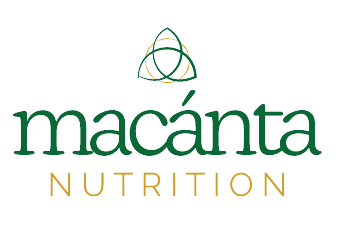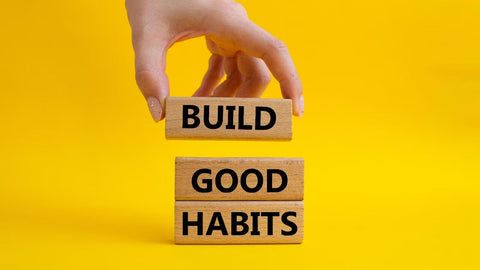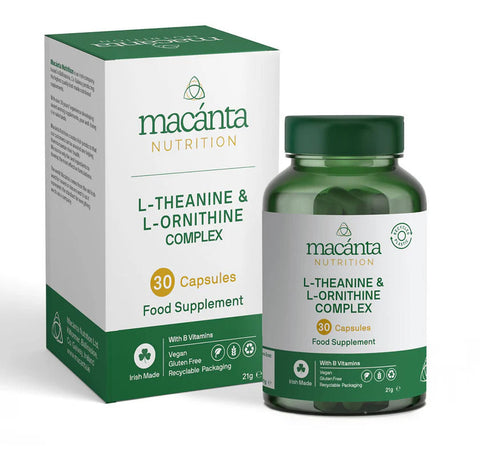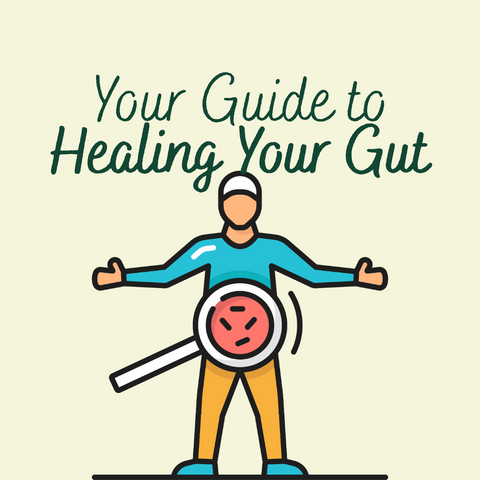It’s mid-February, and by now, stats show that 80% of New Year’s resolutions have already failed. Why? Because people often set goals that are too ambitious and focus solely on the end result rather than the process.
Big changes can feel exciting at first, but they’re often overwhelming and hard to sustain. The key to lasting success is small, incremental shifts that build over time. Instead of setting outcome-based goals like “lose 10 kg,” focus on creating sustainable habits—like meal prepping twice a week or taking a walk after dinner.
By making small, manageable changes, you're far more likely to stick with them and see real progress. This is where habit stacking comes in.
You may have heard of habit stacking before, but what does it actually mean?
Coined by Atomic Habits author James Clear, habit stacking is the practice of linking a new behaviour to an existing habit. Instead of trying to build a habit from scratch, you take advantage of routines that are already second nature—making it easier for new behaviours to stick.
It all comes down to neuroscience. When we’re born, our brains are a blank canvas filled with neurons eager to make connections. As we age, a process called synaptic pruning strengthens certain neural pathways while eliminating others. In fact, research shows that adults have 41% fewer neurons than newborns. This is why forming new habits can feel so difficult—it’s literally harder to build new neural pathways.
However, habit stacking works with your brain rather than against it, reinforcing existing connections rather than forcing you to create new ones from scratch. Think of it like adding a new spoke to a wheel rather than reinventing the entire thing.
How to Use Habit Stacking
Habit stacking begins with a cue—something that already happens in your daily routine. Just like workflows rely on triggers, your habits do too. For example, when your alarm goes off, you get up and brush your teeth. The alarm is the cue.
Here’s how you can apply habit stacking to your daily life:
- If your goal is better nutrition, place your morning supplements next to your toaster so you remember to take them with breakfast. Store your protein and shaker where you’ll see them after a workout. Or, if you prefer tea at night, keep your supplements next to your kettle.
- If you want to build a mindfulness habit, meditate for one minute right after brushing your teeth.
- If you're training for a marathon, do 10 minutes of foam rolling right before you step into the shower.
The key is mapping out your current habits and finding where you can easily incorporate new ones.
Why Habit Stacking Works
Humans are creatures of habit, and that’s not a bad thing. Routines reduce decision fatigue, making life more efficient and freeing up mental energy for bigger challenges. But as routines crystallise with age, adding new behaviours can feel surprisingly difficult.
Habit stacking removes friction, making new habits feel effortless rather than overwhelming. Instead of relying on willpower, you're building on existing neural pathways, setting yourself up for long-term success.
If you’ve struggled to keep up with your New Year’s resolutions, don’t give up—you can be part of the 8% who succeed. Simply stack a new habit onto an existing one and watch it stick.
If you have any questions about supplements, please reach out to our experts at hello@macanta.ie





